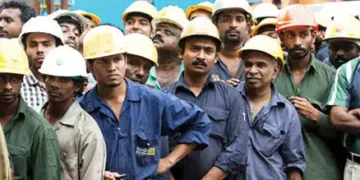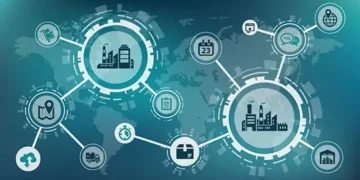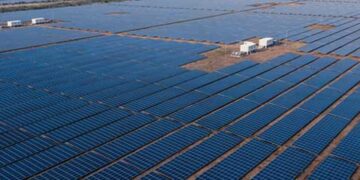Blitz Bureau
NEW DELHI: INDIA’S energy sector uses many different sources to produce electricity. These include fossil fuel sources like coal, gas, lignite, diesel, etc., as well as non-fossil fuel sources like solar, wind, hydro, nuclear and biomass.
India’s total power capacity has now reached around 485 GW. Out of this, 242 GW comes from thermal power, 116 GW from solar, and 51.6 GW from wind. This shows India’s strong move towards clean energy and better energy security. In the last 11 years, India has made significant progress in renewable energy. To meet the goal set at COP26, the Ministry of New & Renewable Energy (MNRE) is working to reach 500 GW of non-fossil fuel capacity by 2030.
The country added a record 29.52 GW of renewable energy in FY 2024-25, boosting total clean power capacity to 220.10 GW, up from 190.57 GW last year. This progress brings India closer to its goal of 500 GW non-fossil capacity by 2030, in line with the ‘Panchamrit’ climate targets set by Prime Minister Narendra Modi.
India stands fourth globally in renewable energy installed capacity, fourth in wind power capacity and third in solar power capacity.
Biofuel blending
India is now the world’s third-largest ethanol producer and consumer. Ethanol blending in petrol increased from 10 per cent in June 2022 to 17.98 pc by February 2025. The Government aims to reach 20% blending by 2025-26, ahead of the earlier 2030 target. This is supported through subsidies, lower GST, and long-term purchase deals. Ethanol and biodiesel, made from biomass, are key biofuels that help reduce dependence on fossil fuels for transport.
Hydro projects up to 25 MW are called small hydro projects. The country has a potential of 21.1 GW from 7,133 sites, mostly in hilly states. India already has 5.11 GW installed, with more under development. Large hydro and pumped storage projects are also growing, with 133.4 GW hydro and 181.4 GW pumped storage potential. The Government supports these with benefits like tariff help and transmission charge waivers. In India, the demand for green hydrogen is growing fast because it can help reduce emissions and pollution in many areas like transport, shipping, and steel production.
The National Green Hydrogen Mission was launched by the Government to cut carbon emissions and make India a global leader in green hydrogen. By 2030, the goal is to produce 5 million tonnes of green hydrogen every year, bringing in Rs 8 lakh crore investments, creating six lakh jobs, and saving Rs 1 lakh crore in fossil fuel imports.
Policy initiatives
In July this year, Union Minister Prahlad Joshi reaffirmed India’s 500 GW non‑fossil capacity goal by 2030. The Cabinet cleared a Rs 7,000-crore exemption for NLC India Ltd to strengthen its renewable arm, NLC India Renewables Limited (NIRL). This will speed up big solar and wind projects, with NIRL set to expand from 2 GW now to 10 GW by 2030 and 32 GW by 2047.
India focuses on five key priorities to achieve its 2030 target of 500 GW nonfossil capacity: better contracts; stronger grids; Make in India; smart land use; and easy Financing.
India’s rapid transition to clean energy is positioning the country ahead of schedule in meeting its Paris Agreement commitments. By accelerating the growth of non-fossil fuel capacity, India is enhancing energy security, reducing coal imports, creating jobs, and strengthening reliable power supply. This progress underscores India’s leadership role in the global fight against climate change.
































